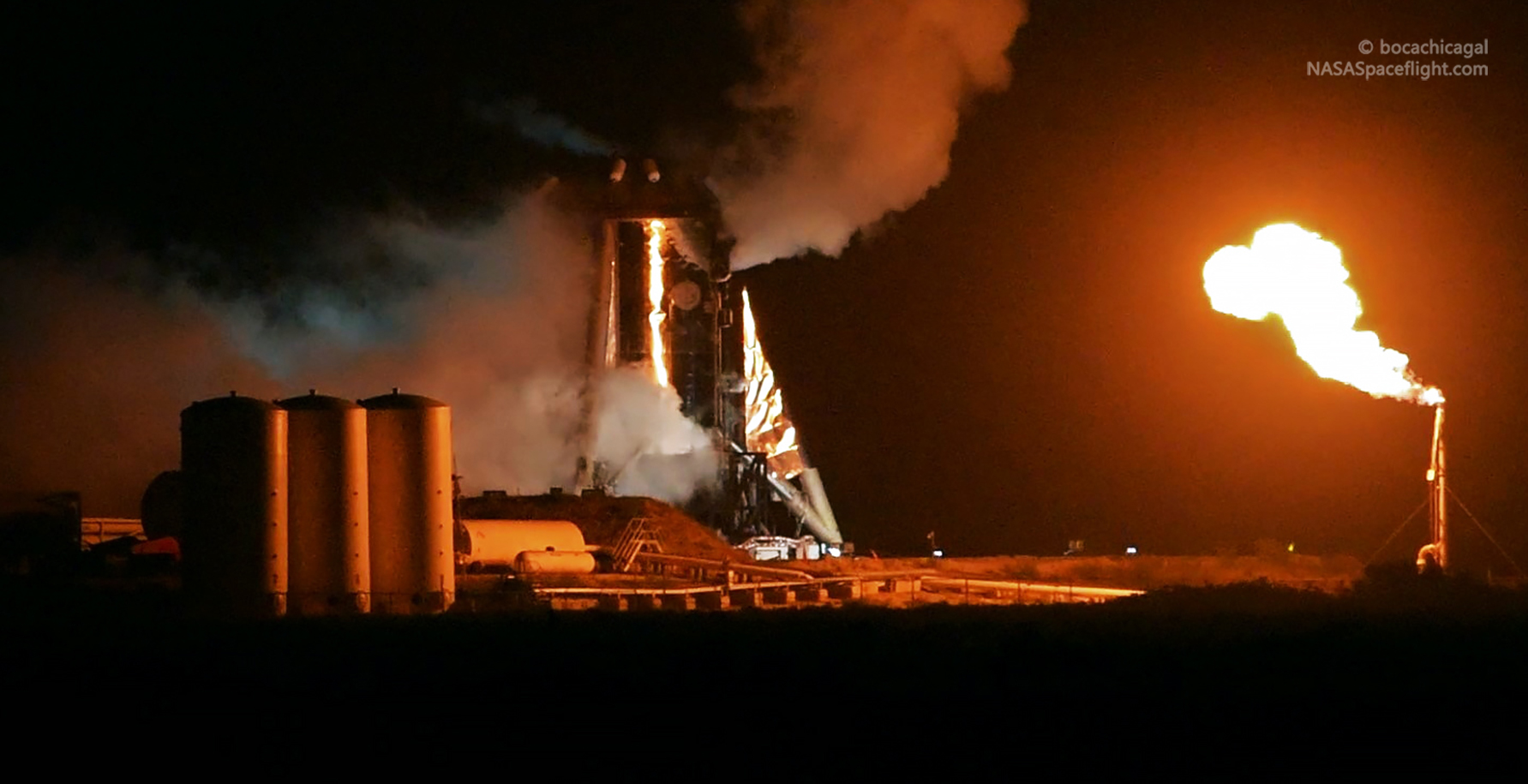

News
SpaceX delays Starhopper’s first flight a few days despite Raptor preburner test success
SpaceX has (partially) ignited Starhopper’s freshly-installed Raptor engine, successfully verifying that the engine is ready for its next major test: a full ignition and static firing. Although successful, SpaceX still has some work to do before the vehicle is ready for its first untethered flight(s).
July 15th’s progress is just the latest in a several day-series of preflight tests designed to reduce the likelihood that Starhopper is destroyed over the coming days and (hopefully) weeks. If all goes planned during the awkward Starship prototype’s first foray into hover tests, SpaceX CEO Elon Musk has stated that he will provide an official presentation updating the public on the status of the company’s ever-changing next-generation rocket.
The past week or so of Starhopper preflight testing began with Raptor serial number 6 (SN06) completing the last of a series of acceptance test fires in McGregor, Texas on June 10th. Even on its own, this was a major milestone for the new SpaceX engine: Raptor SN06 was the first of the new, full-scale engines to pass the acceptance test program with flying colors. According to Musk, for the engine to complete those tests so successfully, SpaceX had to solve a challenging bug in which some sort of mechanical resonance (i.e. vibration) damaged or destroyed Raptors SN01-05.
Hours later, the engine began a short ~450 mi (720 km) journey south to Starhopper, located in Boca Chica, Texas. The engine arrived on July 11th and was fully installed on Starhopper by the following evening (July 12th), at which point SpaceX put Starhopper and Raptor through some mild but valuable thrust vector controller (TVC) tests, wiggling the car-sized engine to ensure it can accurately steer the prototype rocket.
Around two days after the above ‘wiggle’ test was successfully completed, SpaceX moved into the next stage, partially fueling Starhopper with liquid methane and oxygen propellant and helium pressurant in what is known in rocketry as a wet dress rehearsal (WDR). The (implicitly) successful WDR was capped off with a duo of what can now safely be concluded were some sort of Raptor test preceding even pre-ignition operations. Whatever the tests were, they appear to have been completed successfully.
That appears to be the case because less than 24 hours after their completion, on July 15th, SpaceX once again began loading Starhopper with propellant and pressurant for a second round of wet testing. This time around, SpaceX got right into more critical Raptor tests once enough propellant was loaded, igniting the engine’s interwoven oxygen and methane preburners.
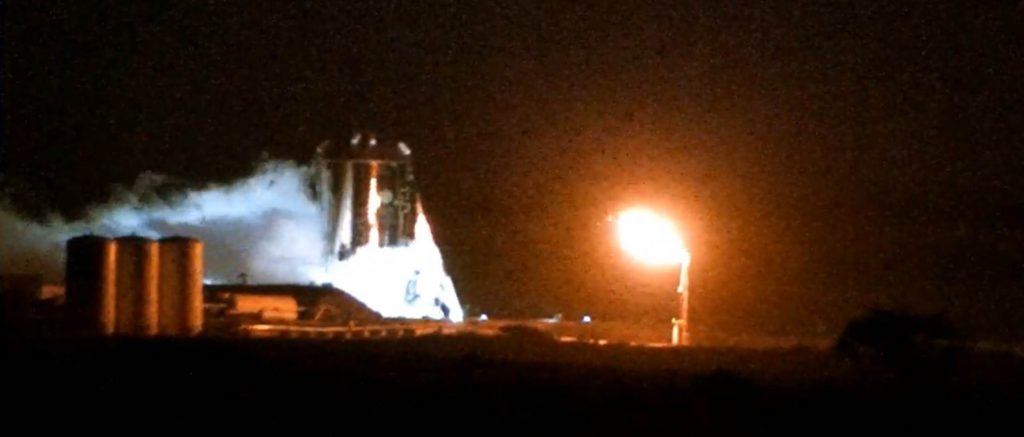
Previously discussed 24 hours ago in a Teslarati article focused on Raptor wiggles and other miscellaneous tests, Raptor is an extremely advanced rocket engine based on a cycle (i.e. how propellant is turned into thrust) known as full-flow staged combustion.
“In a staged-combustion engine like Raptor, getting from the supercool liquid oxygen and methane propellant to 200+ tons of thrust is quite literally staged, meaning that the ignition doesn’t happen all at once. Rather, the preburners – essentially their own, unique combustion chambers – ignite an oxygen- or methane-rich mixture, the burning of which produces the gas and pressure that powers the turbines that bring fuel into the main combustion chamber. That fuel then ignites, producing thrust as they exit the engine’s bell-shaped nozzle.
Unintuitively, conditions inside the preburner – hidden away from view – are actually far more intense than the iconic blue, purple, and pink flame that visibly exists Raptor’s nozzle. Much like hot water will cool while traveling through pipes, the superheated gaseous propellant that Raptor ignites to produce thrust will also cool (and thus lose pressure) as it travels from Raptor’s preburner to its main combustion chamber. If the pressure produced in the preburners is too low, Raptor’s thrust will be (roughly speaking) proportionally limited at best. At worst, low pressure in the preburners can trigger a “hard start” or shutdown that could destroy the engine. According to Elon Musk, Raptor’s oxygen preburner thus has the worst of it, operating at pressures as high or higher than 800 bar (11,600 psi, 80 megapascals).”
In full-flow staged combustion (FFSC), even more complexity is added as all propellant that touches the engine must necessarily end up traveling through the main combustion chamber to eke every last ounce of thrust out of the finite propellant a rocket lifts off with. As such, FFSC engines can be about as efficient as the laws of physics allow any given chemical rocket engine to be, at the cost of exceptional complexity and brutally difficult development.
Additionally, FFSC physically requires two separate preburners and then makes things even harder by making each separate preburner (methane and oxygen) depend on each other’s operation for the engine to fully ignite. This means that no individual preburner can be used to kickstart Raptor – instead, SpaceX must somehow spin the turbopumps that feed propellant into each preburner with some separate system. This is all just to emphasize the fact that Raptor’s ignition sequence is a spectacularly complex orchestra of valves, spark plugs, sensors, and magic. This is why it’s valuable for Raptor to test its preburner system independently of an actual ignition test, at least as long as the engine is still in the development stages.
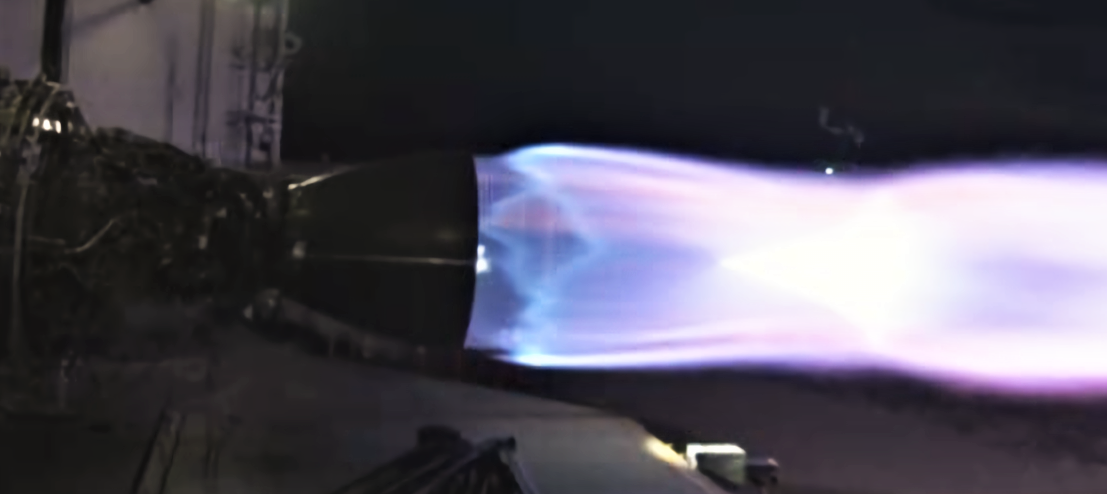
According to NASASpaceflight.com managing editor Chris Bergin, what this practically translates to is a minor Starhopper hover test delay of 1-2 days, while the static fire has also been pushed roughly 24 hours from July 15th to July 16th. If that full static fire produces lots of happy data, Starhopper could be cleared for a hover test debut attempt as early as Wednesday or Thursday (July 17/18).
Check out Teslarati’s Marketplace! We offer Tesla accessories, including for the Tesla Cybertruck and Tesla Model 3.
News
Tesla opens massive solar Supercharger station in California
The Supercharger opened to customers ahead of Fourth of July weekend, while Tesla continues phase two of construction on the site.
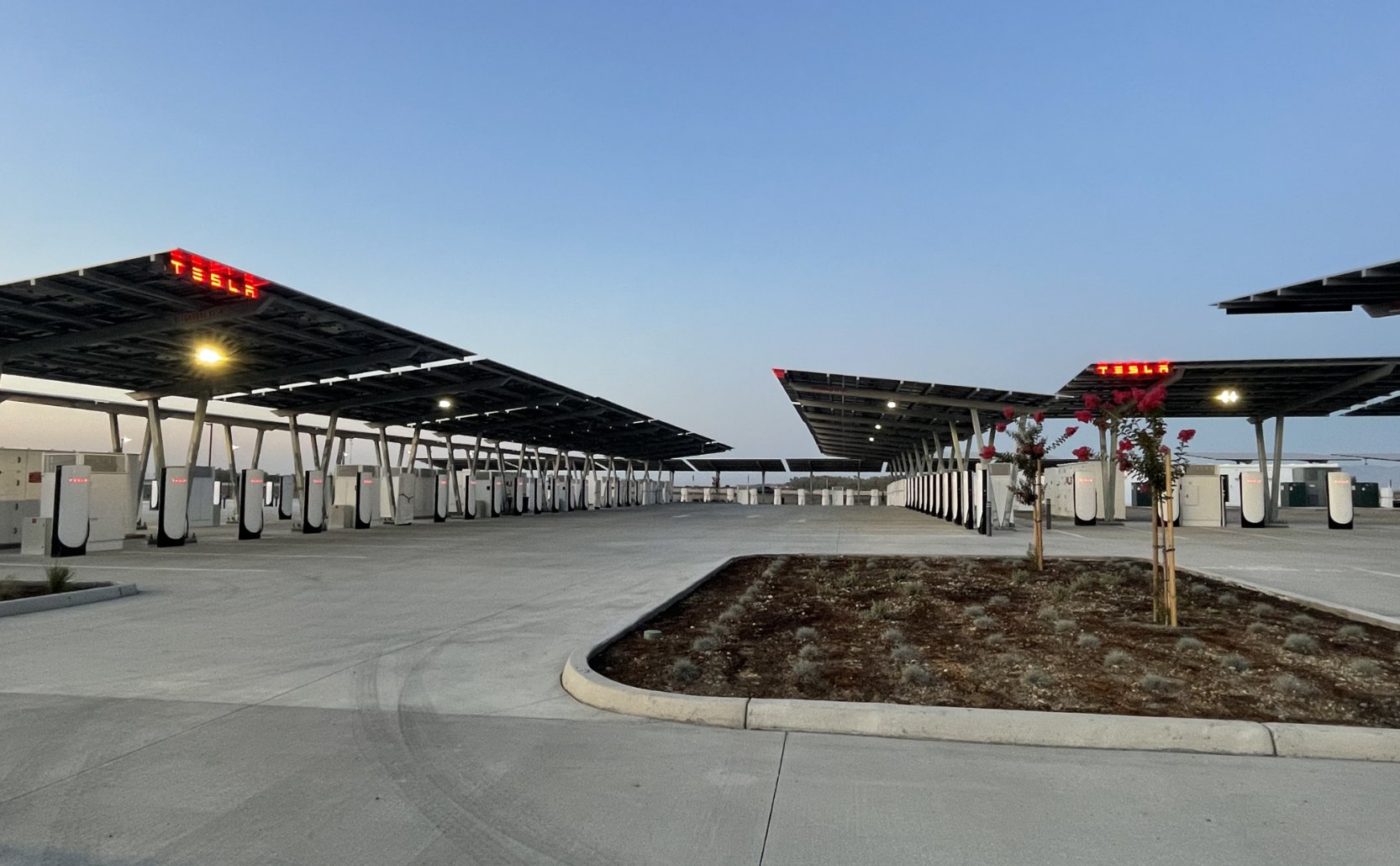
Tesla has officially launched the first several Supercharging posts at a massive station in California, notably including solar canopies and grid-scale batteries to offer completely renewable charging.
Last week, Tesla announced on X that it opened the first 84 Supercharger stalls of a planned 168-stall station in Lost Hills, California. Additionally, the massive Supercharger project features 11MW of solar canopies and 10 Megapack batteries for off-grid charging powered entirely by solar energy.
Tesla completed the first phase of the project just days ahead of the busy Fourth of July holiday weekend, adding that initial construction took just eight months. In addition to the remaining charging stalls, Tesla says it’s building a set of lounge areas, renderings of which can be seen below alongside current photos of the site.
Notably, the site also includes V4 charging posts for the company’s latest available charging speeds, and it’s located near the busy junction between I-5 and Highway 46 in Kern County.
“Thank you [Kern County] and [PG&E] for collaboration and approvals,” Tesla wrote in a follow-up post.
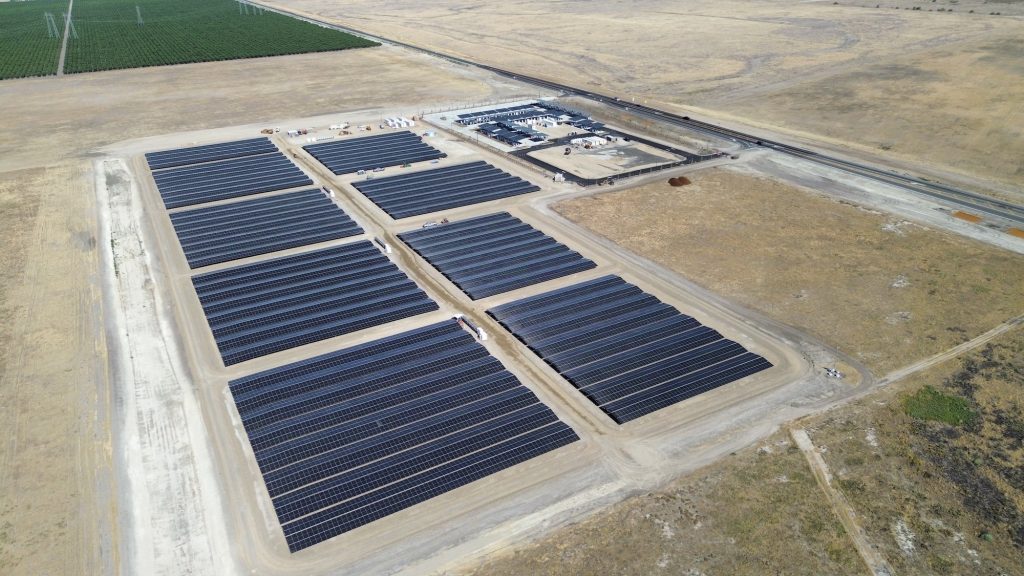
Credit: Tesla Charging | X
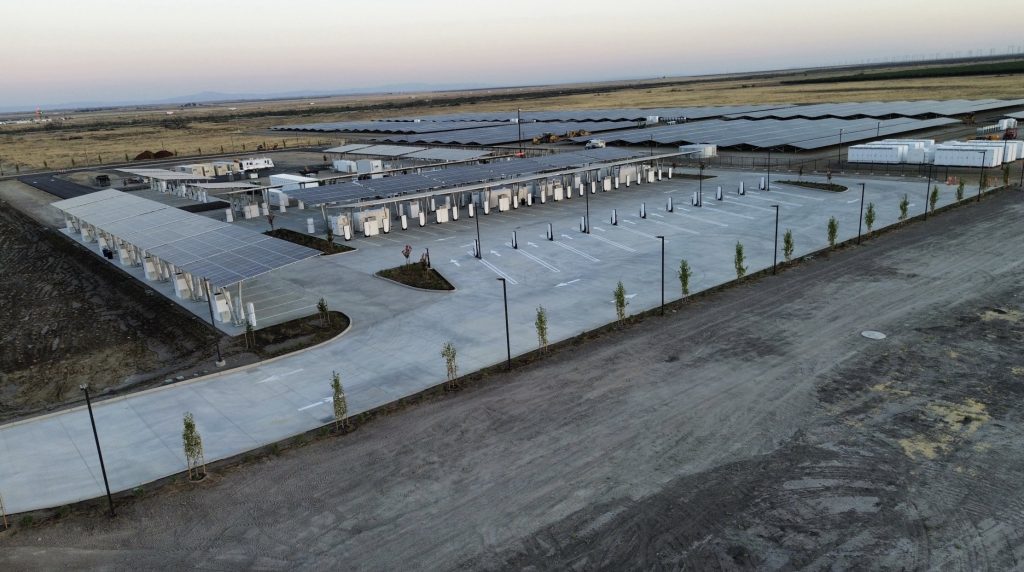
Credit: Tesla Charging | X
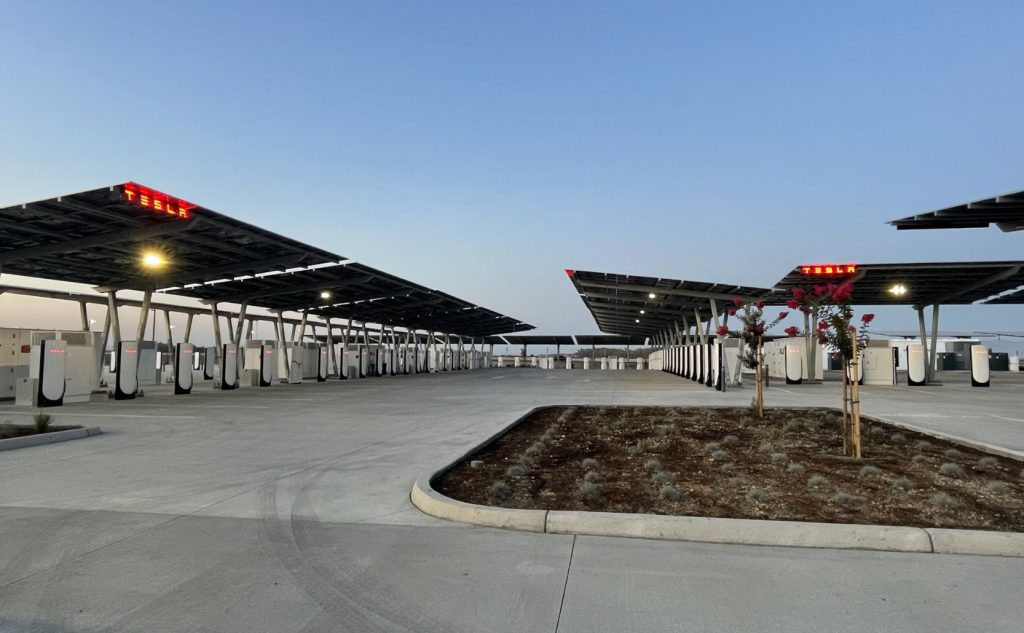
Credit: Tesla Charging | X
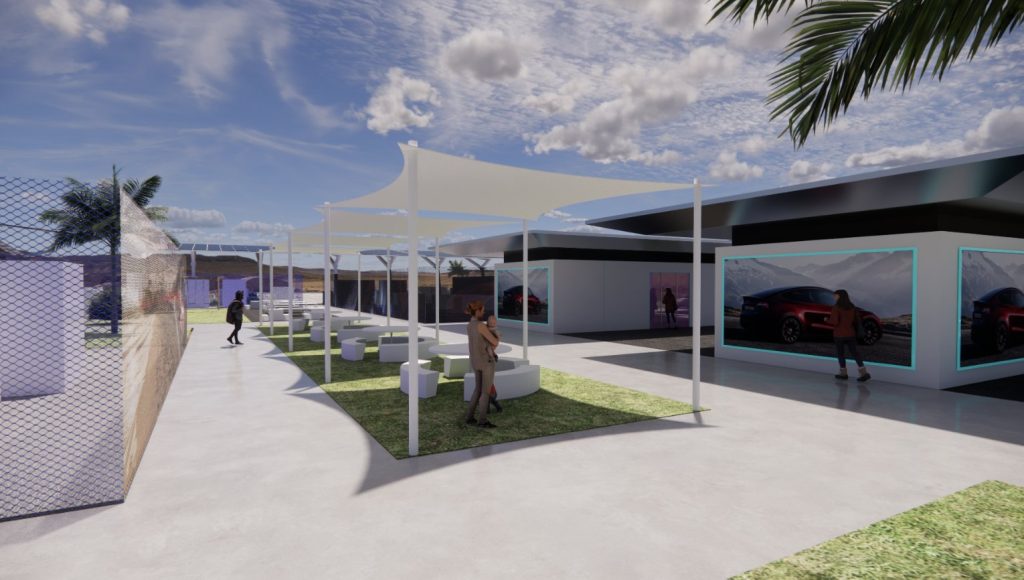
Credit: Tesla Charging | X
Tesla Supercharger Maps for North America, Europe, and Asia pic.twitter.com/0U5r0XRPyo
— TESLARATI (@Teslarati) July 2, 2025
READ MORE ON TESLA SUPERCHARGERS: Tesla launches ultra-fast V4 Superchargers in China for the first time
Testing at the LA Diner, plus Musk update on potential Tesla solar Gigafactory
The huge Tesla Supercharger station completed phase one of construction fairly quickly, especially given how long Tesla has been working on its unique Los Angeles diner, drive-in, and Supercharger location. Still, the company was seen performing some testing at the nearly-completed charging station earlier this month, and will reportedly be holding a job fair.
Elon Musk also responded on Monday morning to a post on X, suggesting that Tesla is “thinking about” building a U.S.-based solar Gigafactory in order to help support increased power needs with AI growth, and to bolster domestic solar production.
Tesla is building a new UFO-inspired Supercharger in the heart of Alien country
News
Tesla driver walks away from major accident with minor injuries
The driver sustained only minor injuries, and the exact cause of the crash remains under investigation.
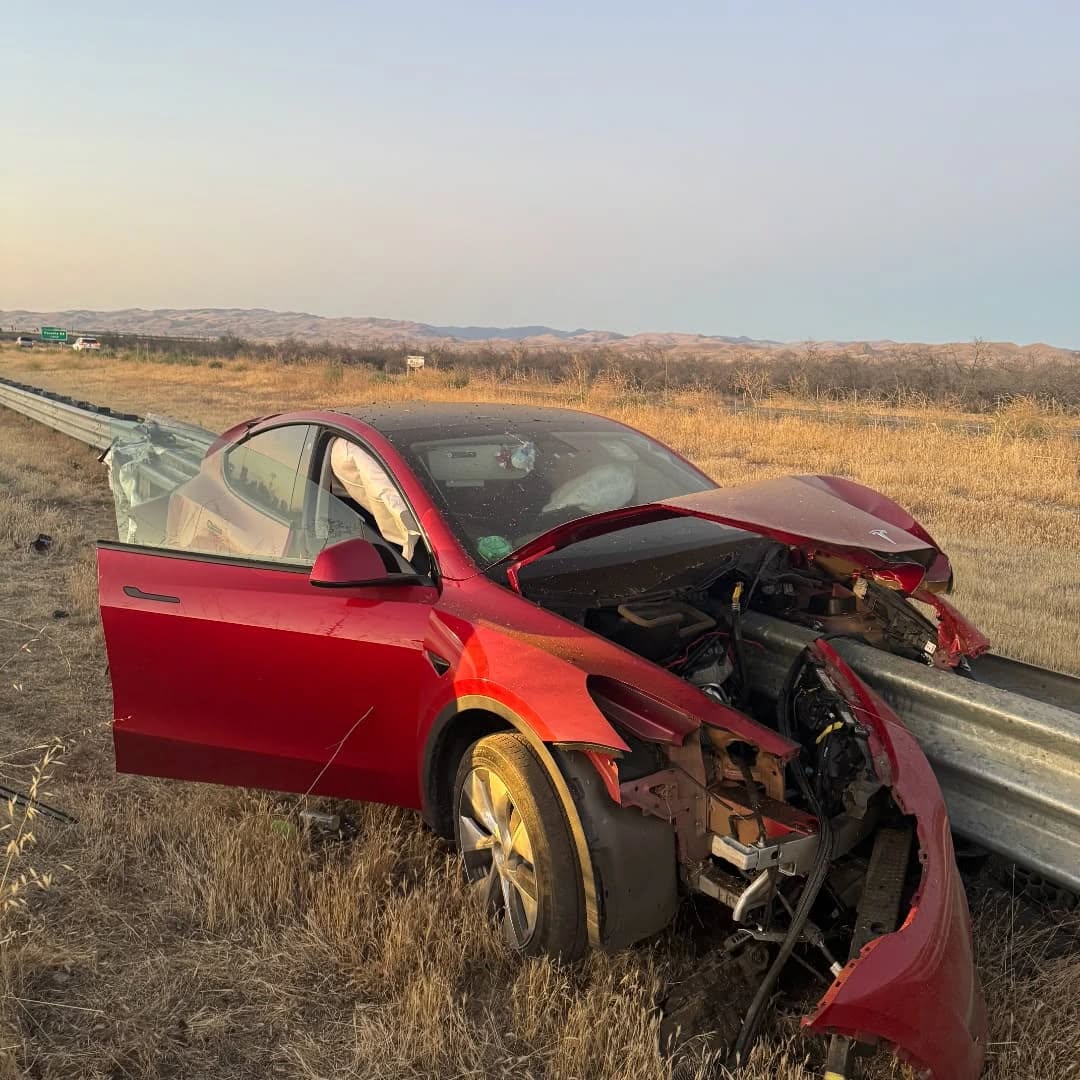
The driver of a Tesla Model Y survived and walked away from a harrowing accident on Monday in California, only sustaining minor injuries despite the vehicle being impaled by a guardrail.
On Monday morning around 4:34 a.m., the Los Banos division of the California Highway Patrol (CHP) responded to the accident on I-5 near Panoche Road, involving a 23-year-old in a Tesla Model Y. According to a post on social media, the driver veered off the road for unknown reasons in the northbound lane, before crashing directly into the guardrail and impaling the vehicle.
You can read the full message and photos from Los Banos CHP below, as were shared in a Facebook post on Monday afternoon.
This morning a Tesla model y was traveling in the #1 northbound lane of I-5 north of Panoche Rd. For unknown reasons driver allowed V-1 to veer off the roadway, travel through a dirt center divide, and crashed into the fixed metal guardrail. Lucky for the driver he only sustained minor injuries and was able to walk away. Driving a vehicle requires 100% attention to the road. Avoid distractions and focus on driving.
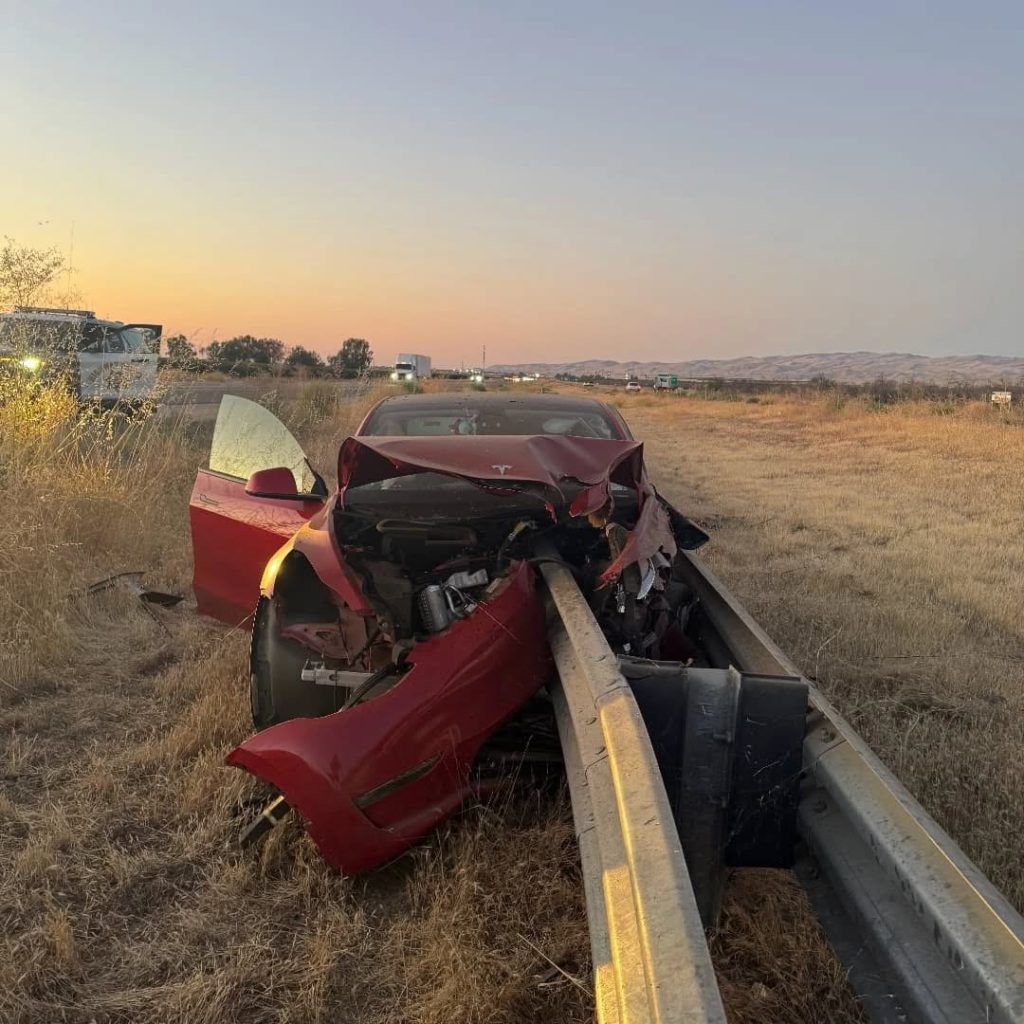
Credit: CHP Los Banos (via Facebook)
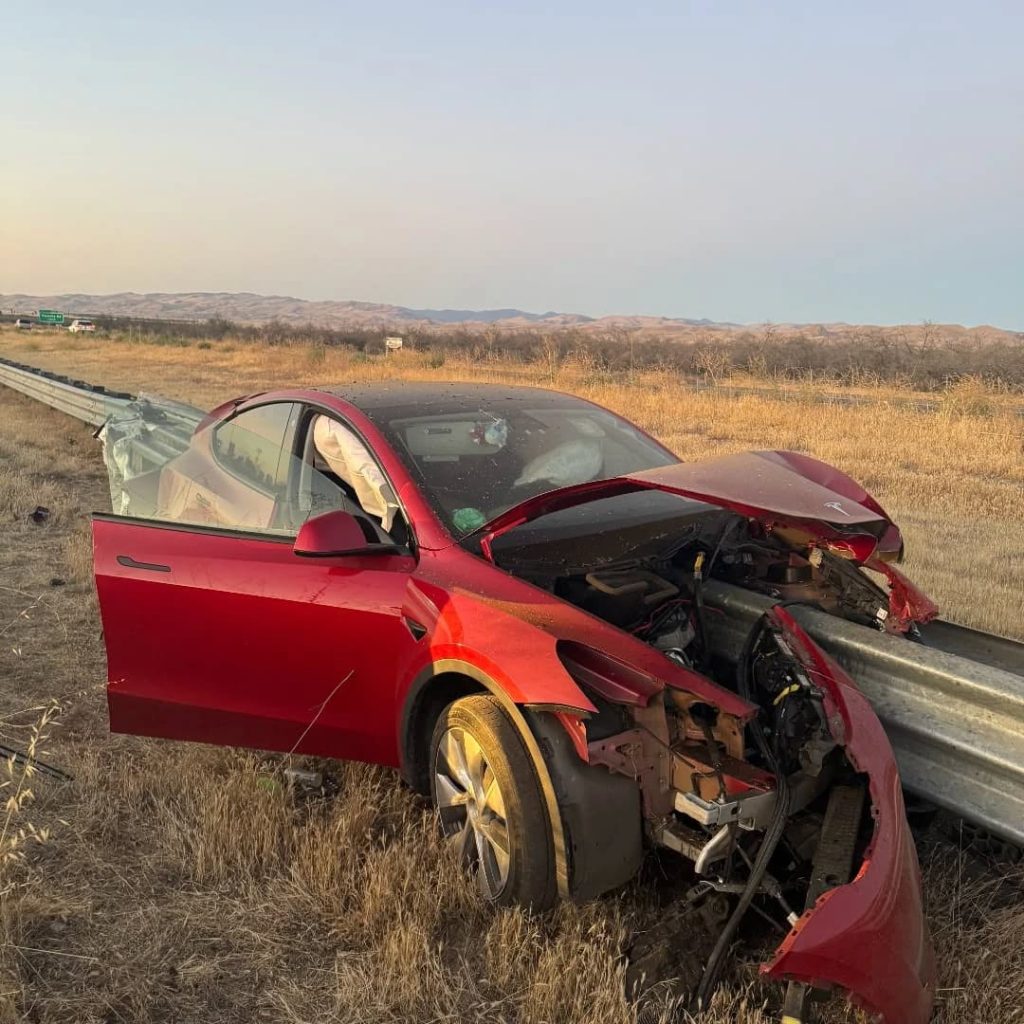
Credit: CHP Los Banos (via Facebook)
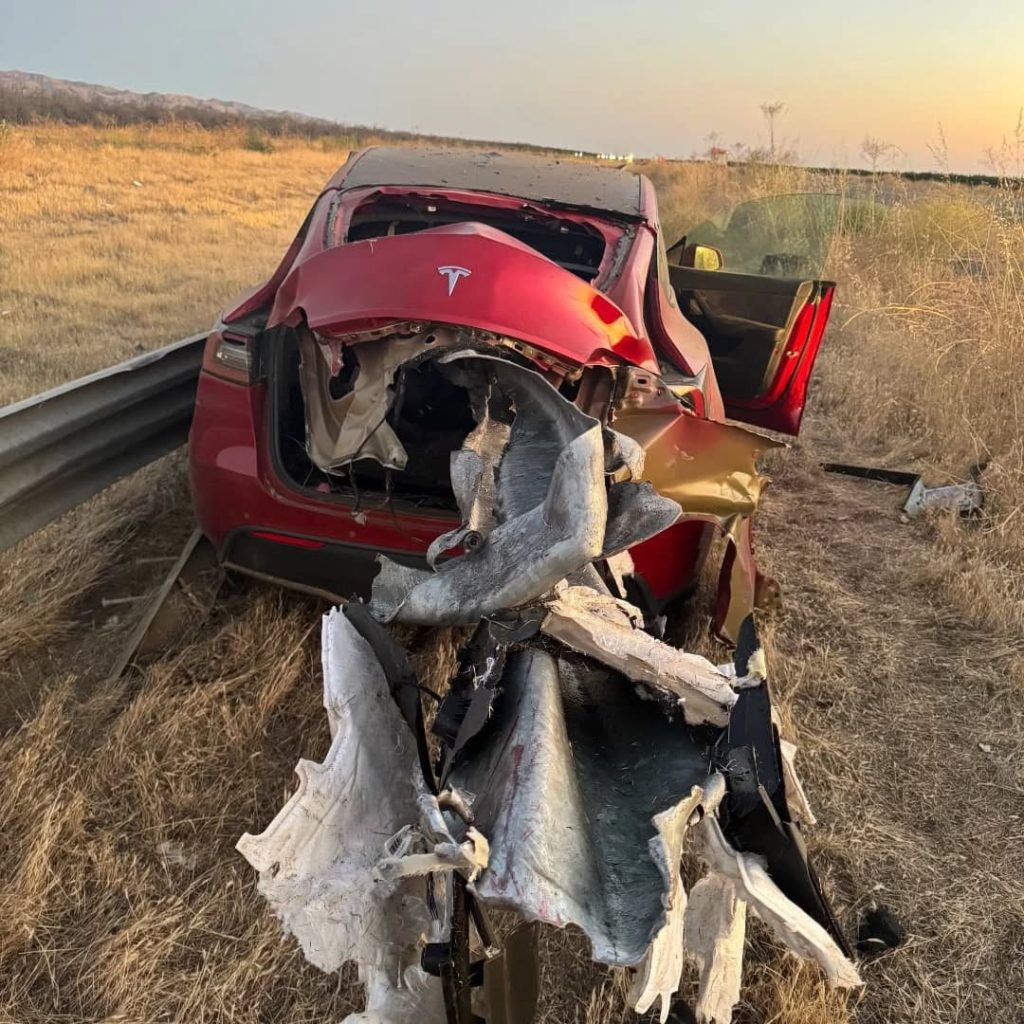
Credit: CHP Los Banos (via Facebook)
In a statement to SFGate, CHP officer Myles Anderson said that the driver only sustained minor injuries, while no arrests are made and drugs and alcohol are not suspected to have been involved. The report also notes that Tesla’s “cruise control and lane assistance features” were activated, according to Anderson. However, it’s not entirely clear if this is referring to Supervised Full Self-Driving (FSD), or to the cruise control and lane assist features baked into Autopilot.
At the time of writing, CHP has not yet responded to Teslarati’s request for clarification and additional details on the matter.
Tesla Crash Safety Ratings across its lineup: pic.twitter.com/ny30R7ceji
— TESLARATI (@Teslarati) July 1, 2025
READ MORE ON TESLA SAFETY: Tesla rolls out crucial new safety feature aimed at saving children
The news comes after Tesla has touted its vehicles as incredibly safe for many years. In December, for example, the company highlighted receiving top safety scores from regulators on four different continents throughout the world, including from the National Highway Traffic Safety Administration (NHTSA) and the Insurance Institute of Highway Safety (IIHS) in the U.S.
Tesla has also listed the goal of making its vehicles the safest on the road throughout the years, both in the overall design of its vehicles and in its Autopilot and Full Self-Driving (FSD) programs.
Tesla Model 3 ranks as the safest new car in Europe for 2025, per Euro NCAP tests
Investor's Corner
Cantor Fitzgerald maintains Tesla (TSLA) ‘Overweight’ rating amid Q2 2025 deliveries
Cantor Fitzgerald is holding firm on its bullish stance for the electric vehicle maker.
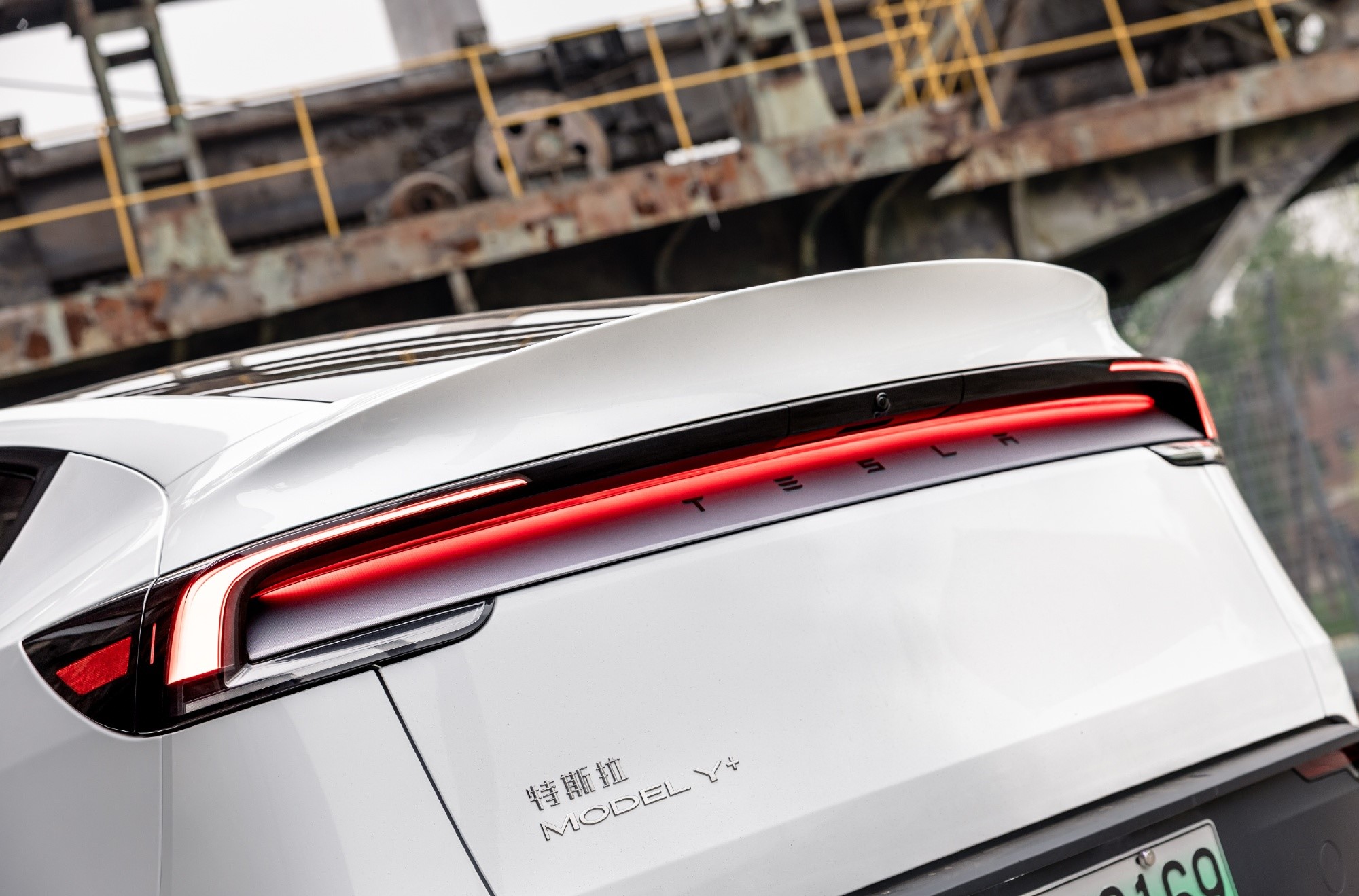
Cantor Fitzgerald is holding firm on its bullish stance for Tesla (NASDAQ: TSLA), reiterating its “Overweight” rating and $355 price target amidst the company’s release of its Q2 2025 vehicle delivery and production report.
Tesla delivered 384,122 vehicles in Q2 2025, falling below last year’s Q2 figure of 443,956 units. Despite softer demand in some countries in Europe and ongoing controversies surrounding CEO Elon Musk, the firm maintained its view that Tesla is a long-term growth story in the EV sector.
Tesla’s Q2 results
Among the 384,122 vehicles that Tesla delivered in the second quarter, 373,728 were Model 3 and Model Y. The remaining 10,394 units were attributed to the Model S, Model X, and Cybertruck. Production was largely flat year-over-year at 410,244 units.
In the energy division, Tesla deployed 9.6 GWh of energy storage in Q2, which was above last year’s 9.4 GWh. Overall, Tesla continues to hold a strong position with $95.7 billion in trailing twelve-month revenue and a 17.7% gross margin, as noted in a report from Investing.com.
Tesla’s stock is still volatile
Tesla’s market cap fell to $941 billion on Monday amid volatility that was likely caused in no small part by CEO Elon Musk’s political posts on X over the weekend. Musk has announced that he is forming the America Party to serve as a third option for voters in the United States, a decision that has earned the ire of U.S. President Donald Trump.
Despite Musk’s controversial nature, some analysts remain bullish on TSLA stock. Apart from Cantor Fitzgerald, Canaccord Genuity also reiterated its “Buy” rating on Tesla shares, with the firm highlighting the company’s positive Q2 vehicle deliveries, which exceeded its expectations by 24,000 units. Cannacord also noted that Tesla remains strong in several markets despite its year-over-year decline in deliveries.
-

 Elon Musk1 week ago
Elon Musk1 week agoTesla investors will be shocked by Jim Cramer’s latest assessment
-

 News2 weeks ago
News2 weeks agoTesla Robotaxi’s biggest challenge seems to be this one thing
-

 News2 weeks ago
News2 weeks agoWatch the first true Tesla Robotaxi intervention by safety monitor
-

 Elon Musk1 week ago
Elon Musk1 week agoA Tesla just delivered itself to a customer autonomously, Elon Musk confirms
-

 News2 weeks ago
News2 weeks agoTesla Robotaxi rollout proves that Elon Musk still delivers, even if it’s late
-

 Elon Musk2 weeks ago
Elon Musk2 weeks agoxAI welcomes Memphis pollution results, environmental groups push back
-
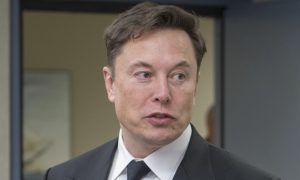
 Elon Musk2 weeks ago
Elon Musk2 weeks agoElon Musk commends Tesla team on successful Robotaxi launch
-

 Elon Musk2 weeks ago
Elon Musk2 weeks agoElon Musk confirms Tesla Optimus V3 already uses Grok voice AI


















